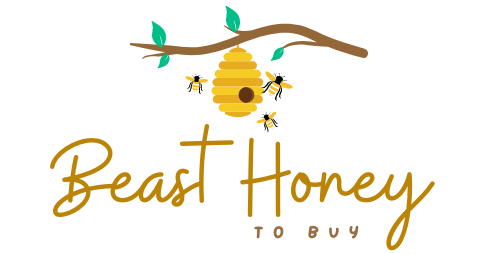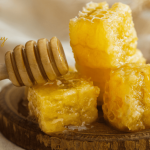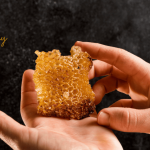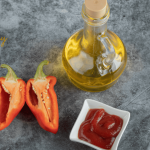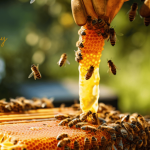Have you ever tasted honey that’s earthy, rich, and a little less sweet than the usual kind? That’s pine honey! It’s a hidden gem from the Mediterranean, loved for its unique flavor and health benefits. Unlike regular honey, pine honey isn’t made from flower nectar. It comes from a special process involving pine trees and tiny insects.
Curious? Let’s dive into the world of pine honey and discover why it’s a secret you need to try!

What Is Pine Honey?
Pine honey is a type of honeydew honey. Most honeys come from the nectar of flowers. But pine honey is different. It’s made from a sweet substance called honeydew, produced by tiny insects that feed on pine tree sap. Bees collect this honeydew and turn it into honey.
This honey is dark, thick, and has a bold, slightly resinous taste. It’s less sweet than floral honey, with a warm, woody flavor. You’ll find it in Mediterranean countries like Greece, Turkey, and Italy. It’s a staple in these regions, but it’s still a secret to many around the world.
How Is Pine Honey Made?
The process of making pine honey is fascinating. It starts with a tiny insect called Marchalina hellenica, or the pine scale insect. These bugs live on pine trees. They suck sap from the tree and release a sugary liquid called honeydew. Bees love this stuff! They collect it just like they would nectar.
Back at the hive, bees process the honeydew. They add enzymes and reduce the water content. The result? A rich, dark honey with a unique taste. This teamwork between insects and bees makes pine honey special.
The Pine Honey Process
- Insects at Work: Pine scale insects feed on pine tree sap and produce honeydew.
- Bee Collection: Bees gather the honeydew from tree bark or needles.
- Hive Magic: Bees transform honeydew into honey using enzymes.
- Final Product: The honey is stored in combs, ready for harvest.
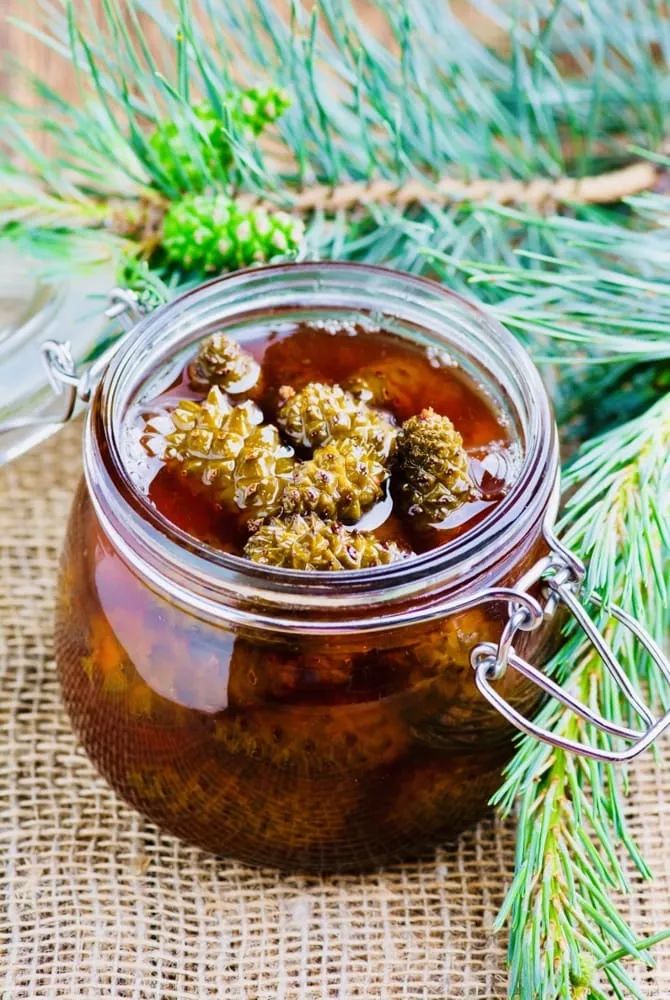
Where Does Pine Honey Come From?
Pine honey is a Mediterranean treasure. It’s most common in countries with lots of pine forests. Greece and Turkey lead the pack, producing tons of pine honey every year. In Greece, it’s called “meli elato” or “fir honey.” In Turkey, it’s known as “çam balı.”
The pine forests of these regions are perfect for the pine scale insect. The warm climate and abundant trees create ideal conditions. Other places, like parts of Italy, Spain, and Cyprus, also produce pine honey, but Greece and Turkey are the heart of it.
Top Pine Honey Regions
- Greece: Famous for pine honey from regions like Halkidiki and Evia.
- Turkey: The Muğla region produces over 90% of Turkey’s pine honey.
- Italy: Sicily and Sardinia have smaller but growing pine honey industries.
Why Is Pine Honey Unique?
Pine honey stands out for a few reasons. Its flavor is one-of-a-kind. It’s not as sweet as floral honey. Instead, it has a deep, caramel-like taste with hints of pine and earth. Some describe it as slightly spicy or woody.
Another unique trait? It doesn’t crystallize easily. Most honeys turn solid over time. Pine honey stays smooth and liquid for longer. This makes it great for drizzling or cooking. Plus, it’s packed with nutrients, which we’ll explore later.
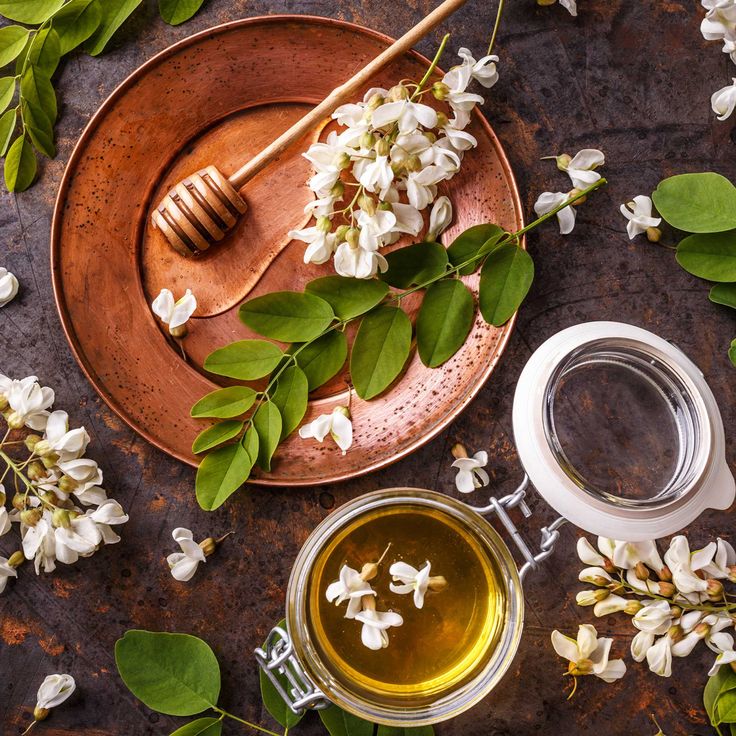
What Makes Pine Honey Special?
- Flavor: Earthy, rich, and less sweet than floral honey.
- Texture: Thick and smooth, resists crystallization.
- Origin: Made from honeydew, not nectar, giving it a unique profile.
The Health Benefits of Pine Honey
Pine honey isn’t just tasty—it’s good for you! It’s packed with antioxidants, vitamins, and minerals. Because it comes from pine sap, it has unique compounds not found in floral honey. People in the Mediterranean have used it for centuries as a natural remedy.
Here are some of its benefits:
- Antioxidant Power: Pine honey is rich in polyphenols. These fight free radicals, which can harm cells.
- Antibacterial Properties: It can help kill harmful bacteria. Some use it for sore throats or cuts.
- Digestive Aid: It may soothe stomach issues like indigestion.
- Energy Boost: Its natural sugars give you a quick energy lift.
- Immune Support: The nutrients in pine honey may help your immune system.
A Real-Life Example
In Greece, locals often mix pine honey with yogurt for a healthy breakfast. They say it helps with digestion and gives them energy for the day. Some even use it as a natural cough remedy, stirring a spoonful into warm tea.
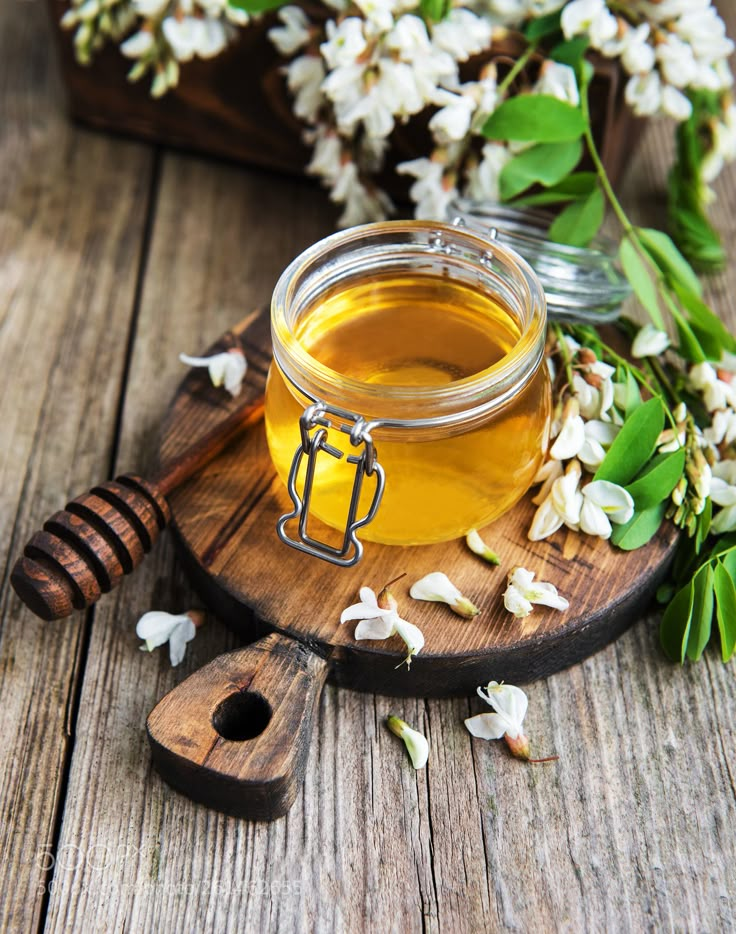
How to Use Pine Honey in Your Kitchen
Pine honey’s bold flavor makes it versatile. You can use it in sweet or savory dishes. Its earthy taste pairs well with strong flavors like cheese, nuts, or spices. Here are some ideas to try:
- Breakfast: Drizzle it over yogurt, oatmeal, or pancakes.
- Cheese Boards: Pair it with sharp cheeses like cheddar or blue cheese.
- Baking: Use it in cakes or cookies for a unique flavor.
- Savory Dishes: Add it to marinades for meat or roasted vegetables.
- Drinks: Stir it into tea or coffee for a woody twist.
Recipe Idea: Pine Honey Glazed Carrots
- Ingredients: Carrots, olive oil, pine honey, salt, thyme.
- Steps: Roast carrots with olive oil and salt at 400°F for 20 minutes. Drizzle with pine honey and sprinkle thyme. Roast for 5 more minutes. Enjoy!
The Cultural Importance of Pine Honey
In the Mediterranean, pine honey is more than food—it’s tradition. In Greece, it’s a symbol of the land’s natural bounty. Families pass down beekeeping skills through generations. In Turkey, pine honey is a source of pride, especially in Muğla, where it’s a major industry.
Locals use pine honey in everything from desserts to home remedies. It’s a staple at markets and festivals. Tourists often buy jars as souvenirs, drawn to its unique story and taste.
A Cultural Snapshot
In Muğla, Turkey, beekeepers celebrate pine honey with festivals. They showcase the honey’s rich flavor and share stories of harvesting it from pine forests. It’s a way to connect with their heritage and share it with the world.
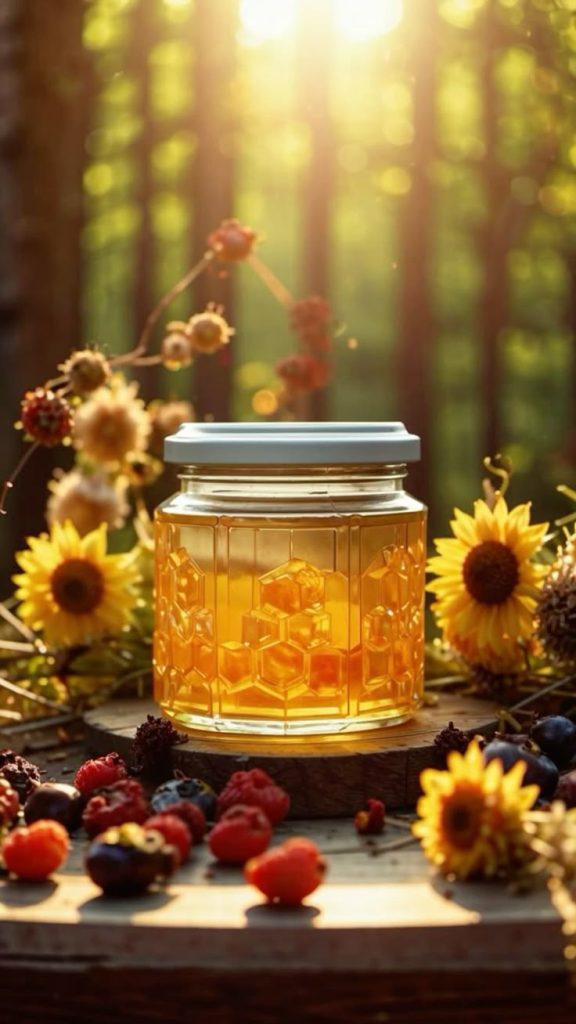
Is Pine Honey Safe to Eat?
Pine honey is safe for most people. It’s a natural product, processed by bees. However, like all honey, it shouldn’t be given to babies under one year old. This is due to the risk of botulism, a rare but serious illness.
If you have allergies, be cautious. Some people react to honeydew honeys. Start with a small amount to see how your body responds. Also, buy from trusted sources to ensure purity. Some sellers mix pine honey with cheaper sweeteners, which dilutes its quality.
Tips for Buying Safe Pine Honey
- Look for labels that say “100% pure pine honey.”
- Buy from reputable brands or local beekeepers.
- Check the origin—Greece or Turkey are good bets.
- Avoid super-cheap honey; it might be fake.
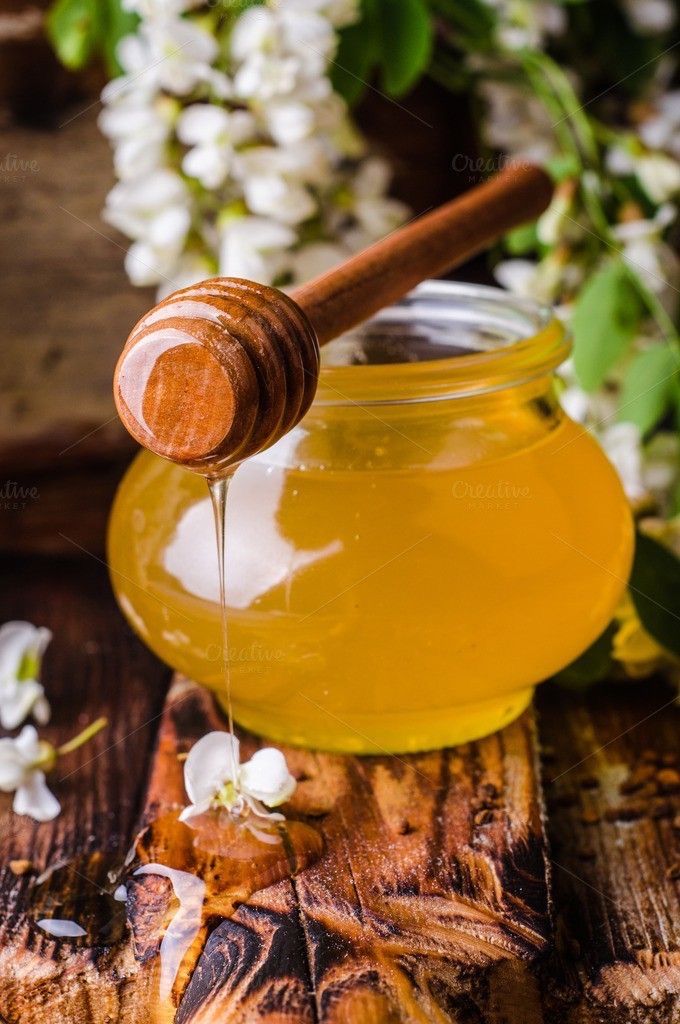
Why Is Pine Honey So Expensive?
Pine honey can cost more than regular honey. Why? It’s not easy to produce. The pine scale insect only lives in certain areas. Beekeepers need pine forests, which aren’t everywhere. Harvesting is labor-intensive, too. Beekeepers often work in remote areas, carefully collecting honey from wild hives.
The limited supply also drives up the price. Pine honey is seasonal, tied to when the insects produce honeydew. Plus, its unique flavor and health benefits make it a premium product. A small jar might cost $20 or more, but fans say it’s worth it.
Pine Honey vs. Floral Honey
How does pine honey stack up against regular floral honey? Let’s compare:
- Source: Pine honey comes from honeydew; floral honey comes from nectar.
- Flavor: Pine honey is earthy and less sweet; floral honey is sweeter and lighter.
- Color: Pine honey is dark amber; floral honey ranges from clear to golden.
- Texture: Pine honey resists crystallization; floral honey often solidifies.
- Nutrients: Pine honey has more minerals like iron and magnesium.
Both are great, but pine honey’s bold taste makes it stand out for adventurous eaters.

The Environmental Impact of Pine Honey
Producing pine honey is eco-friendly in many ways. Beekeepers rely on natural pine forests. This encourages conservation of these ecosystems. The pine scale insect is part of the forest’s natural balance. It doesn’t harm the trees in small numbers.
However, there are challenges. Overharvesting can stress bee populations. Climate change also affects pine forests and insect activity. Sustainable beekeeping is key to keeping pine honey around for future generations.
How to Support Sustainable Pine Honey
- Buy from brands that support eco-friendly beekeeping.
- Choose organic pine honey when possible.
- Spread the word about protecting pine forests.
The Science Behind Pine Honey’s Benefits
Scientists have studied pine honey’s health claims. Its antioxidants come from the pine sap, which is rich in polyphenols. These compounds may reduce inflammation and protect against diseases. Pine honey also has trace minerals like potassium, calcium, and zinc.
Its antibacterial properties come from natural compounds like hydrogen peroxide. These can kill bacteria, making pine honey a popular remedy for minor infections. However, more research is needed to confirm some benefits, like its effect on digestion or immunity.
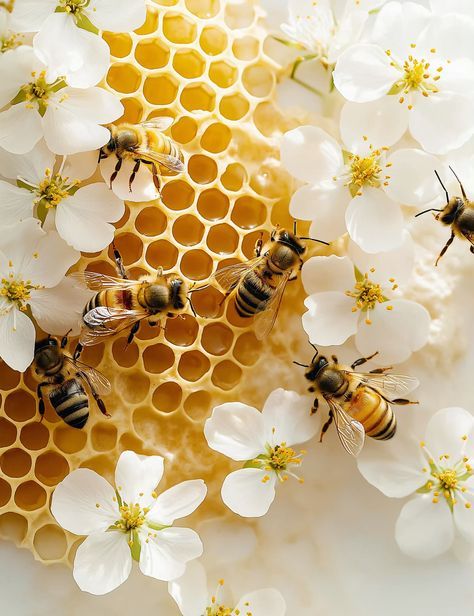
A Study Example
A 2019 study in Greece found that pine honey had higher antioxidant levels than many floral honeys. This could make it a great choice for fighting oxidative stress, which is linked to aging and disease.
How to Spot Fake Pine Honey
With pine honey’s popularity, fakes are a problem. Some sellers mix it with cheaper honey or sugar syrup. This dilutes the flavor and benefits. Here’s how to spot the real deal:
- Color: Authentic pine honey is dark amber or reddish-brown.
- Taste: It should have a woody, slightly bitter aftertaste.
- Texture: It’s thick and slow to crystallize.
- Source: Check for labels mentioning Greece, Turkey, or specific pine regions.
If the price seems too good to be true, it probably is. Stick to trusted sellers.
Pine Honey in Modern Times
Pine honey is gaining fans worldwide. Foodies love its complex flavor. Health enthusiasts rave about its benefits. You’ll find it in gourmet stores, online markets, and even high-end restaurants. Chefs use it in everything from desserts to glazes for meat.
Social media has boosted its fame, too. Posts about pine honey’s unique story go viral. People are curious about its taste and history. But with popularity comes responsibility. Supporting sustainable sources keeps this tradition alive.
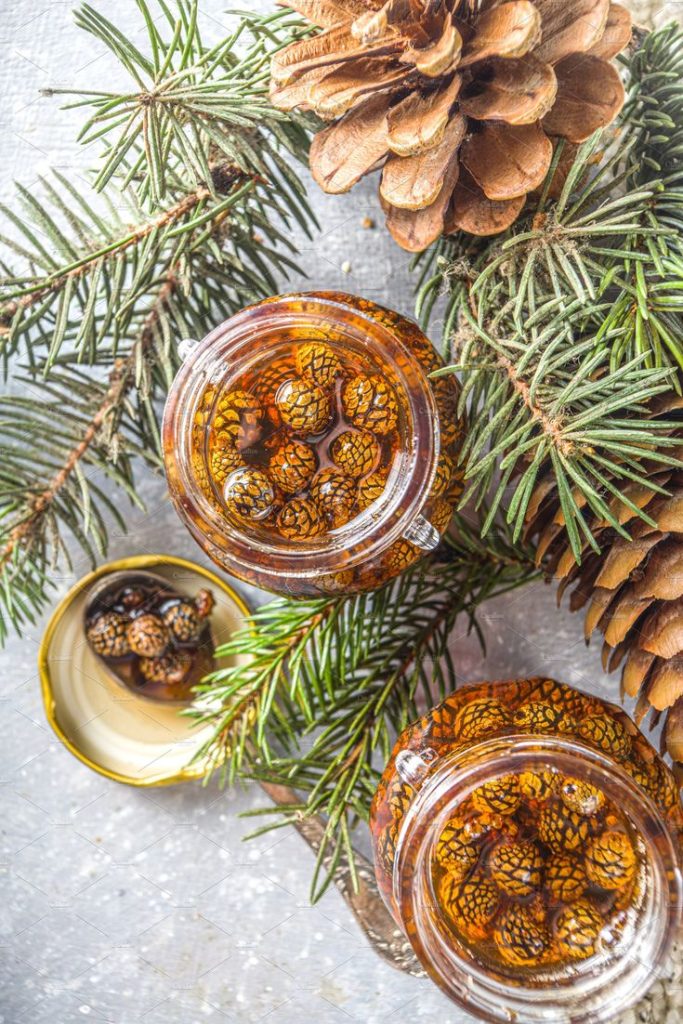
Where to Buy Pine Honey
Ready to try pine honey? Here are some tips
- Online Stores: Websites like Amazon or specialty food sites carry it.
- Local Markets: Mediterranean grocery stores often stock pine honey.
- Direct from Beekeepers: If you’re in Greece or Turkey, buy from local producers.
- Health Food Stores: Look for organic or artisanal brands.
Check reviews and labels to ensure quality. A good jar of pine honey is worth the hunt!
The Future of Pine Honey
As more people discover pine honey, demand is growing. Beekeepers are working to meet it while protecting bees and forests. Scientists are also studying honeydew honeys. They want to learn more about their nutrients and potential medical uses.
Climate change is a concern. Warmer temperatures could affect pine forests and the insects that make honeydew. Supporting sustainable practices ensures we’ll have pine honey for years to come.
Why You Should Try Pine Honey
Pine honey is more than a sweetener. It’s a taste of the Mediterranean, a product of nature’s teamwork. Its rich flavor and health benefits make it a must-try for food lovers and health buffs alike. Whether you drizzle it on yogurt or use it in a recipe, it’s sure to impress.
Have you ever tasted pine honey? Maybe you’ve got a favorite way to use it? Share your thoughts in the comments! And if you’re new to pine honey, grab a jar and give it a try. This Mediterranean secret is too good to miss!
